AHIP is the practice of Alistair Hamilton, BSc, EPA, EUIPO Professional Representative
Patent Basics
Patents protect inventions. A granted patent gives its owner the right to go to Court to prevent others working within its scope. Patents and patent applications are property. They can be bought and sold, mortgaged, or given away, just like any other piece of property. They are as much an article of property of your business as is your computer, your company car or your factory.
A patent protects the output of your R&D. Without patent protection, your innovations are generally free for all to use. Without protection, you are handing your research to your competitors. Without patents, your business becomes your competitor's R&D department.
What sort of thing is patentable?
Amongst many other things:
- Technical features in a new product that make it better, cheaper, simpler, or easier to manufacture
- A new way of making something or carrying out a process.
- A patentable invention is more than an idea. It is an idea that can be put into practice (but you need not have actually made a prototype).
- A patentable invention is a technical thing. It is not a mere idea. It is not a purely metal act.
- A patentable invention might be entirely contained in computer software.
- An invention can be an improvement on an existing thing. An armchair is an example of an improvement of a three-legged stool which might have been patentable once.
- An invention is something new. Before a patent application has been filed, the public must not have been told about it in any way, anywhere. Otherwise, a valid patent cannot be obtained.
The last of these points is probably the most important of all: If you want to patent something, keep it confidential until you have a patent application on file!
What does a patent look like?
The main part of a patent is a document (called a specification) that has a description and normally drawings of an example of a thing that contains the invention. Additionally, the specification includes a definition of the invention. The specification is a legal document, and must be drafted in accordance with accepted conventions and rules if it is to have the required legal effect, and only very minor errors in the specification can be corrected later. Drafting specifications is the core skill of a patent attorney.
It is the specification alone that is the source of patent protection, not what the inventor has done, nor what he or she thinks their invention is. If a patent's specification is not right, it will likely be a weak or worthless patent.
Who Owns Patent Rights?
The inventor or inventors, unless:
- If the inventor is employed in a role in which an invention might be expected to arise, their employer owns the rights. This is the most common situation - most inventions are made by employees in the course of their work.
- If the inventor has agreed to assign their rights, then the assignee is the owner.
A person making an invention while working under a freelance contract will normally retain rights to the invention unless the inventor has explicitly agreed to assign rights in advance. An assignment must be supported by a legal assignment document, signed by the inventor. The ownership of patent rights should be addressed at the inception of any such contract, and should be treated with as much care as any transaction that involved the property of your business. Act early to keep things simple, otherwise, disputes are likely to occur later.
Particular care must be taken to ensure rights are owned as intended where outside contractors or consultants are engaged, or when an academic institution, such as a college or university is involved.
Other people have rights too!
Ignore other people's rights at your peril. If you discovery a relevant patent or application after a product has been developed, you might have to throw away all of your R&D investment and effort. Therefore, make intellectual property considerations an integral part of your product development cycle
Taking things further.
This is not legal advice - it is just general information. If you have any questions relating to this or any aspect of patent law, please feel free to get in touch. I am always happy to offer an initial exploratory discussion with neither cost nor obligation.
For more information on patents relating to inventions involving computer software, click here.
